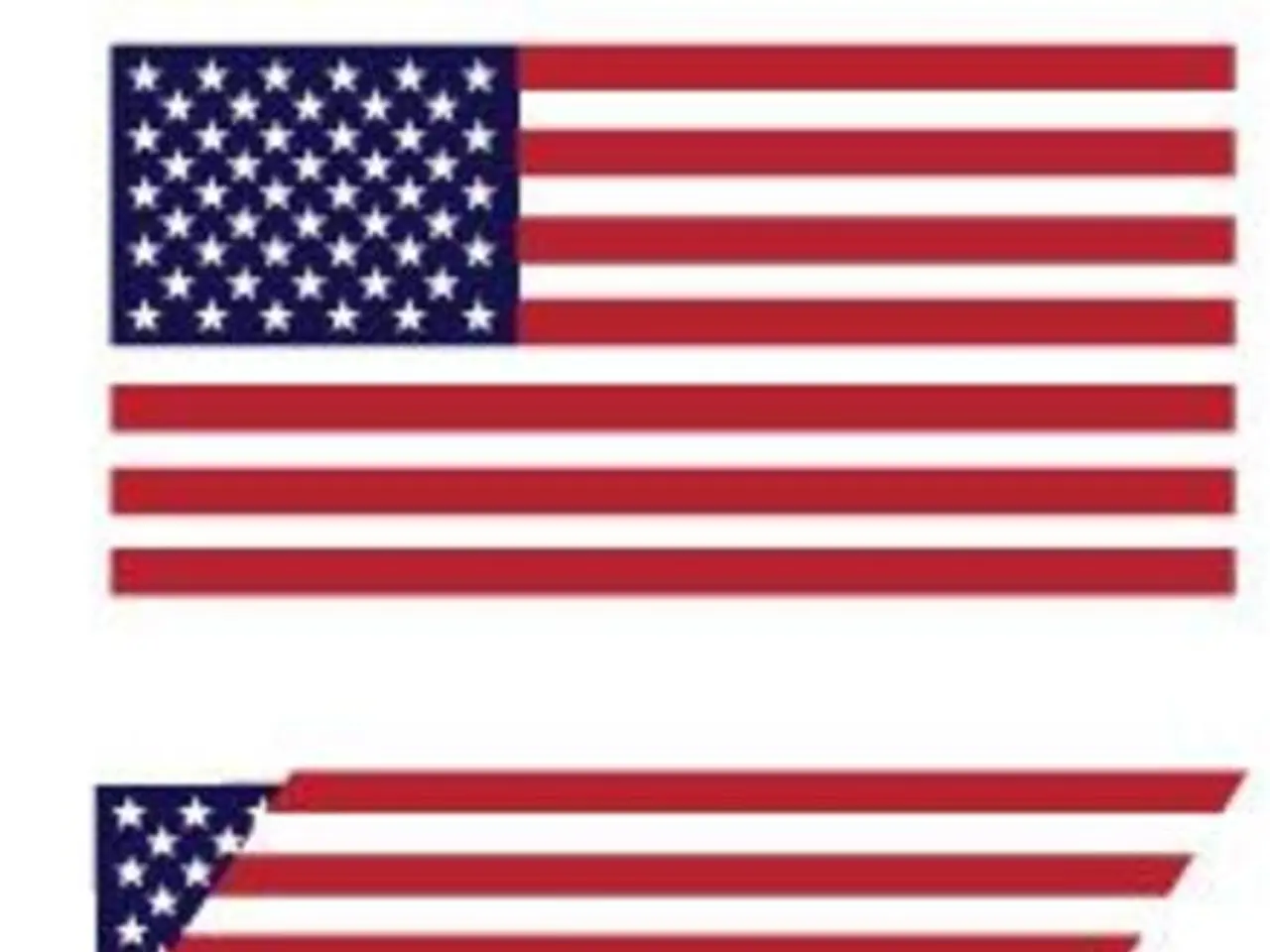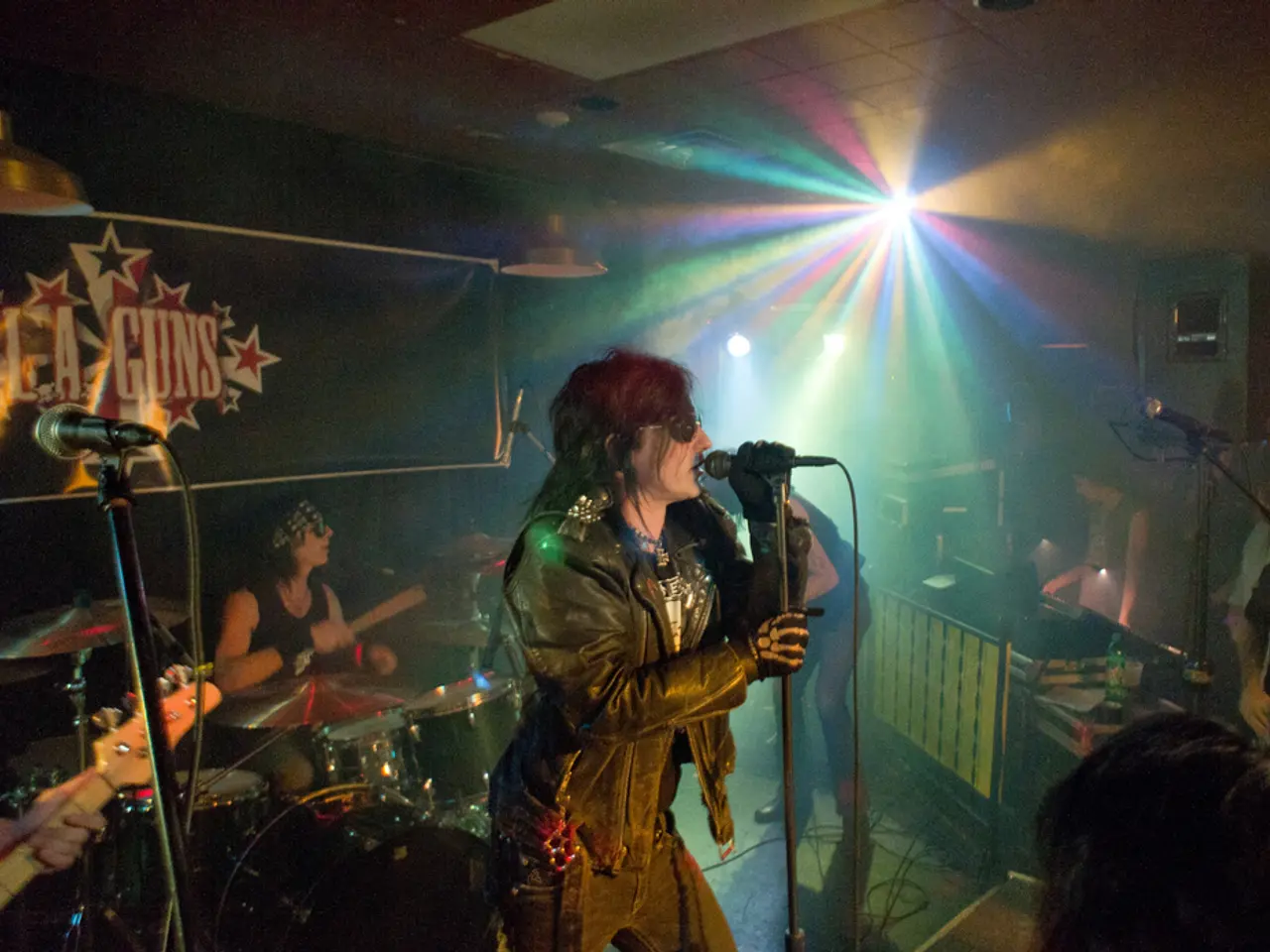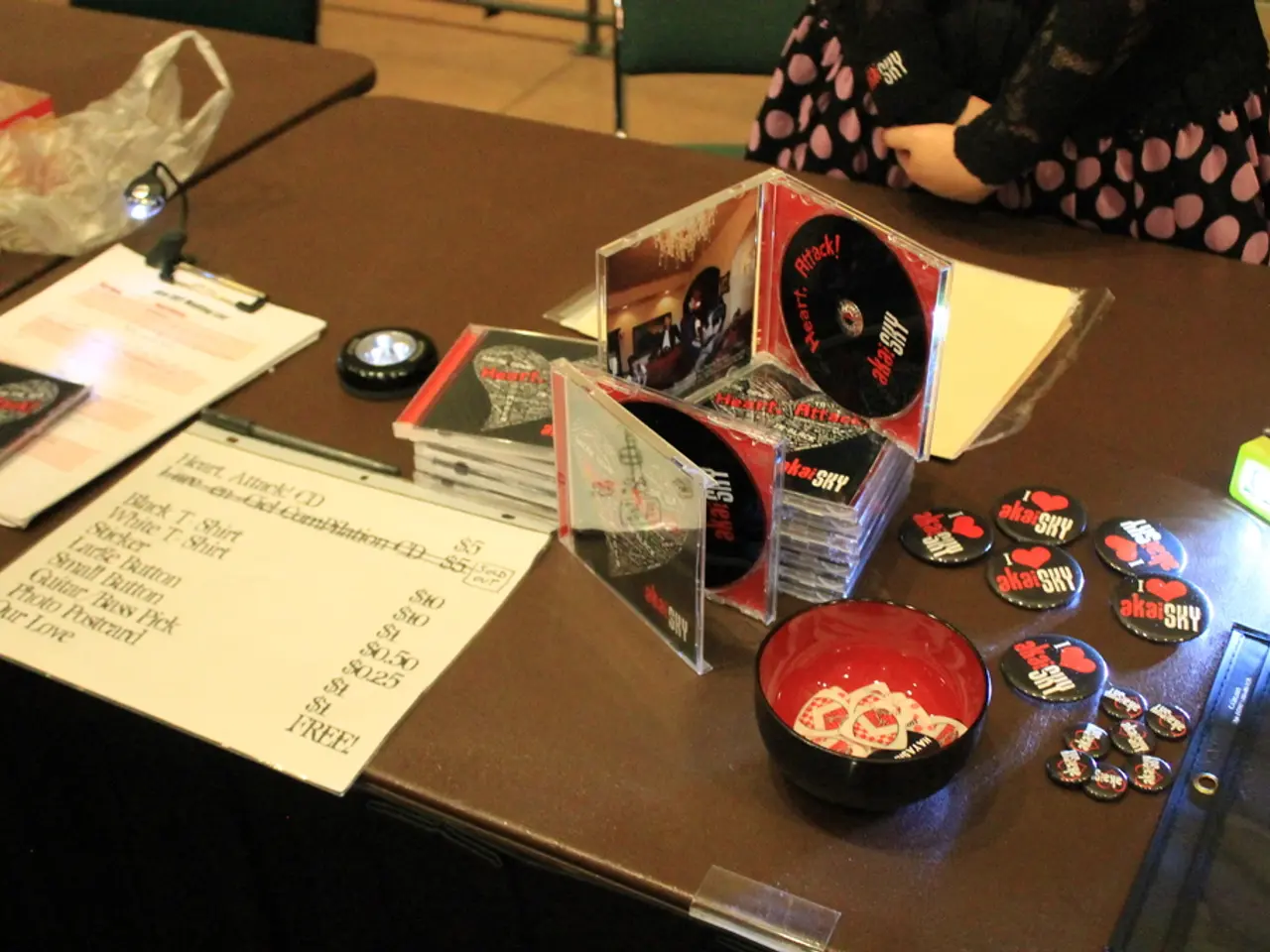Indonesian authorities find One Piece flag provocative due to similarities with the Javanese flag design and potential associations with separatist movements.
In the vibrant city of Jakarta, Indonesia, the streets are adorned with lights and white and red banners, the colours of the Indonesian flag. Yet, in some areas, a different flag is making a surprising appearance – the Jolly Roger flag from the Japanese manga and anime "One Piece."
This flag, which represents the crew of the protagonist Monkey D. Luffy, has become a politically charged emblem in Indonesia. Embraced by some citizens as a symbol of resistance against perceived injustices and the current state of the country's democracy, it is viewed by others as a divisive and provocative act during a sensitive patriotic period.
The Jolly Roger symbolizes the fight for freedom, rebellion against oppression, and a challenge to authority, resonating with the values of the Straw Hat Pirates in the anime. Many Indonesians, especially on social media, have used the flag – featuring a skull with a straw hat from the popular anime – as an emblem of defiance against government control and political issues, viewing it as representing "the spirit of resistance against injustice."
However, this display has sparked controversy among politicians and government officials. Sufmi Dasco Ahmad, vice president of the House of Representatives and a prominent figure of the conservative Gerindra party, has defined the widespread appearance of pirate flags as "a systematic movement to undermine national unity." Dasco believes there is a coordinated attempt to divide the nation and has called for unity against these actions.
In contrast, Deddy Yevri Sitorus, a member of the Indonesian Democratic Party of Struggle (PDI-P), has invited for a more peaceful reflection. Sitorus sees the flag display as a public expression of criticism that is part of a democratic society.
The Deputy Minister of the Interior Bima Arya Sugiarto has assured that the government does not intend to ban participation in the trend of displaying the Jolly Roger flag, as long as it does not violate the principles of the Constitution.
Meanwhile, in Serbia, the Ferrari prancing horse flag has become a symbol of protest, first appearing during student protests against Slobodan Milošević in 1996. The prancing horse flag has also become an ironic response to accusations of foreign interference.
The Jolly Roger flag's appearance in Indonesia comes amidst persistent issues related to freedom of speech, religion, and sexuality, as highlighted in the Human Rights Watch World Report 2023. Whether the Jolly Roger flag will continue to be a symbol of resistance or a source of controversy remains to be seen as Indonesia prepares for August 17, the 80th anniversary of the country's Independence.
One Piece, the anime and manga that inspired the flag, tells the adventures of Monkey D. Luffy, a young pirate who challenges corrupt authorities to pursue a dream of absolute freedom. The series, not just a story of pirates, but an epic that speaks of dreams, resistance, justice, and identity, has transcended entertainment to become a social movement.
In various regions of Indonesia, the Jolly Roger flag is being displayed on rooftops, trucks, poles, and public spaces. As the flag waves in the wind, it serves as a reminder of the ongoing struggle for freedom and the spirit of resistance against injustice that it symbolizes.
- The Jolly Roger flag, often associated with the anime and manga "One Piece," has become an emblem of resistance for some Indonesians, symbolizing a fight for freedom, rebellion against oppression, and a challenge to authority.
- In the realm of social media, many Indonesians have adopted the Jolly Roger flag as an emblem of defiance against government control and political issues, perceived as a representation of the "spirit of resistance against injustice."
- Despite the widespread adoption of the Jolly Roger flag as a protest symbol, it has sparked controversy among politicians and government officials, with some viewing it as a divisive and provocative act during a sensitive patriotic period.
- In the context of policy and legislation, the government has assured that it does not intend to ban the display of the Jolly Roger flag, as long as it does not violate the principles of the Constitution, reflecting a balance between freedom of expression and national unity.





